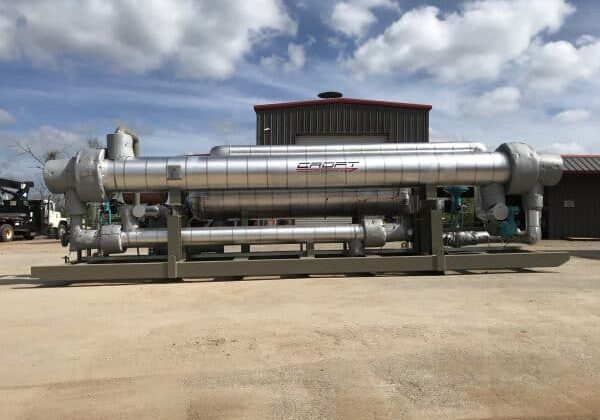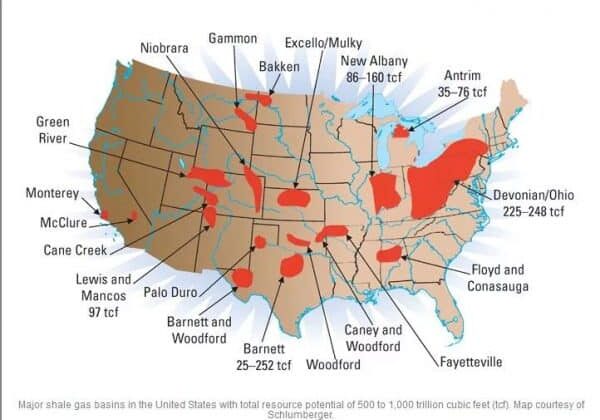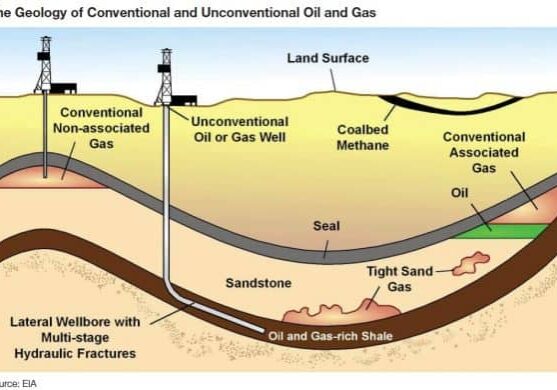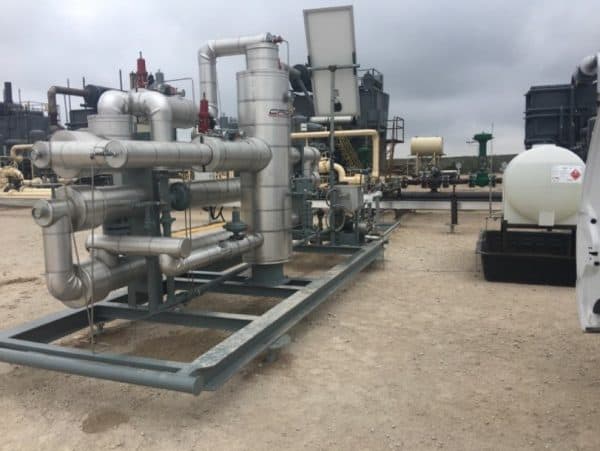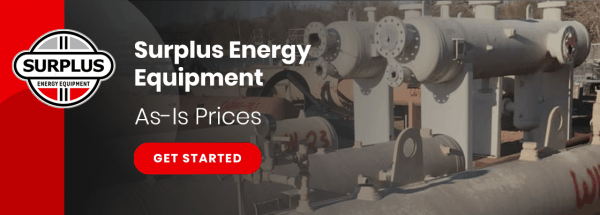This case study will focus on Croft Production Systems skid-mounted Joule Thomson (JT) Systems designed to handle gas streams between 1 to 20 MMcfd. The Joule Thomson Systems, also known as a JT skid or a JT plant, simultaneously reduces the water dew point of gas, recovers valuable hydrocarbon liquids, and lowers the BTU (British Thermal Unit) of the gas stream to sales contract specifications or levels suited for high-speed engines. This study will focus specifically on BTU reduction and the treatment of gas utilized for fuel purposes in compressor engines.
The Challenge:
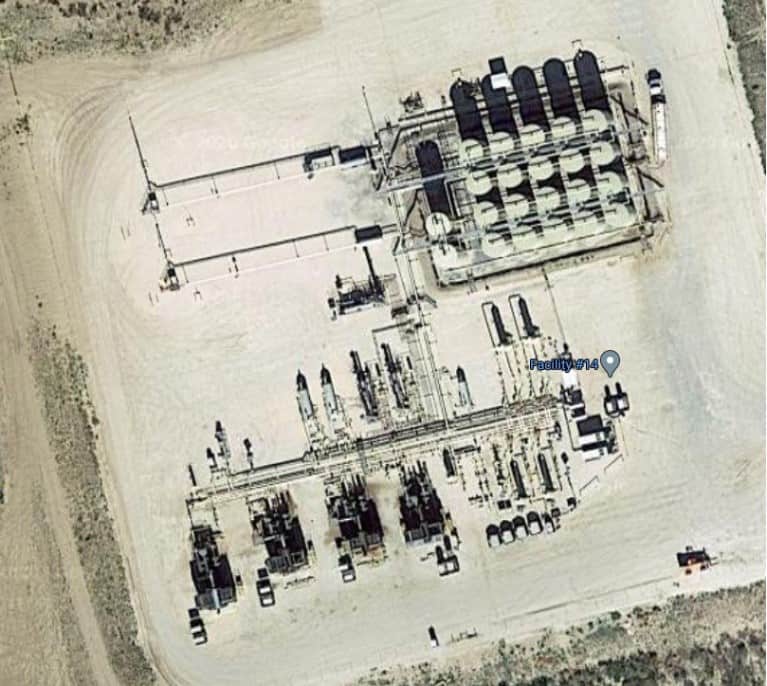
A compressor leasing company was installing four (4) 3608 reciprocating compressor packages on location for an end client. They took a sample of the gas that would be utilized for the fuel gas stream of their engines. This gas sample came back not ideal for the engine specifications and they would have to de-rate their engines. To de-rate means that the program inside the engine computer limits either the power or engine speed. A de-rate is designed to prevent engine damage but in doing this means the compressor packages could not move the max volume. This would require more compressor packages, increasing the equipment cost by 2 million more in equipment thus creating a higher cost to the compressor company and the end client. The compressor company knew it needed to have fuel gas treatment.
Parameters:
| Description | Current Parameters | Required Spec |
| Fuel Gas Volume | 1500 Mcfd | Same |
| Gas Discharge Temperature | 130 F | 60 |
| Gas Discharge Pressure | 800-1100 PSI | Same |
| Gas Suction Pressure | 200-300 PSI | Same |
The Solution:
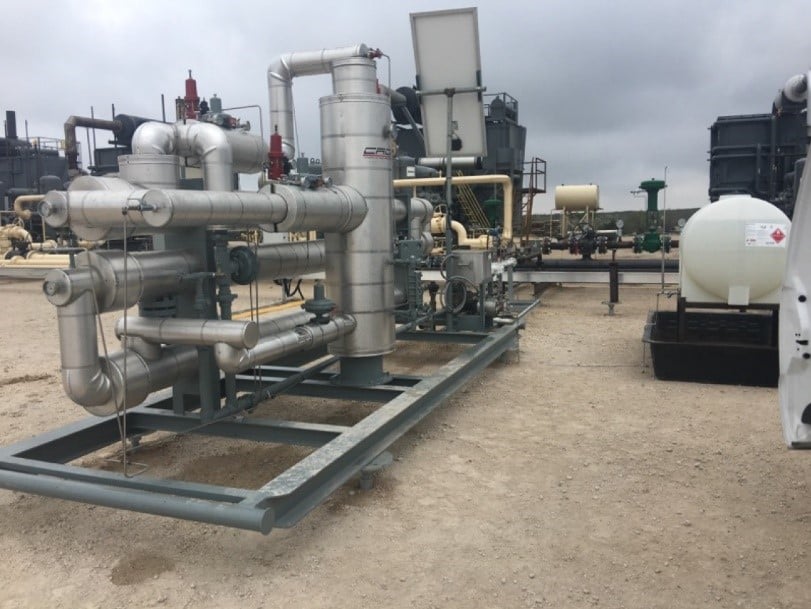
CROFT proposed the JT plant to the compressor company in order to achieve BTU reduction and NGL Removal. CROFT took the gas analysis that was given along with the operating parameters and then ran it through the simulation to determine the pressure drop required to achieve the BTU outlet specs and liquid removal required to improve the gas composition needed in order to not derate the engines.
The JT effect is achieved through a pressure drop which decreases operating temperature, causing a gas composition change. Gas enters the Joule Thomson System and travels through a series of heat exchangers that pre-cool the gas. The gas then passes through the Joule Thomson valve, taking a pressure drop and cooling further. Liquid fallout after the Joule Thomson valve is collected in the cold separator and sent to storage tanks. The cold and treated gas then travels back through the heat exchanger and exits the Joule Thomson System. Check out our Joule Thomson System video for a more detailed look.
We advised the compressor company that rather than coming off the suction side that 200-300 psi, coming off the discharge side 800-1100 psi, which allows the greatest pressure drop possible achieving colder temperatures. Cold temperatures increase the probability of hydrate formation when condensate and water are present. To mitigate this risk of the hydrate formation we installed a small methanol pump that will inject methanol, acts like anti-freeze, upstream of the JT valve. CROFT engineers sized the system to handle the max volume of fuel required of the engines but to have a turndown rate to handle if only one compressor package is running.
Benefit:
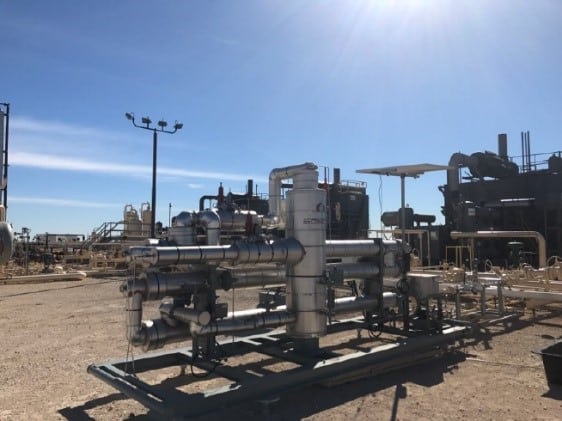
The compressor packages can operate at full horsepower so they can move maximum volume through units. In leasing the JT from CROFT for less than $2000 a month, the compressor company saved a little less than $2 million in derated equipment.
Another benefit that this equipment lease comes with its full turnkey service of the equipment taking away the headache of another piece of equipment to operate.
Result:
The client has had this installed and operating for since the beginning of 2017 with no de-ration or downtime caused from fuel gas. The end client needed less equipment, therefore decreasing the Operational Expenditures (OPEX) required and the compressor company has met its contracted runtime with the end client.
Learn more about our Joule Thomson System (JTS)

